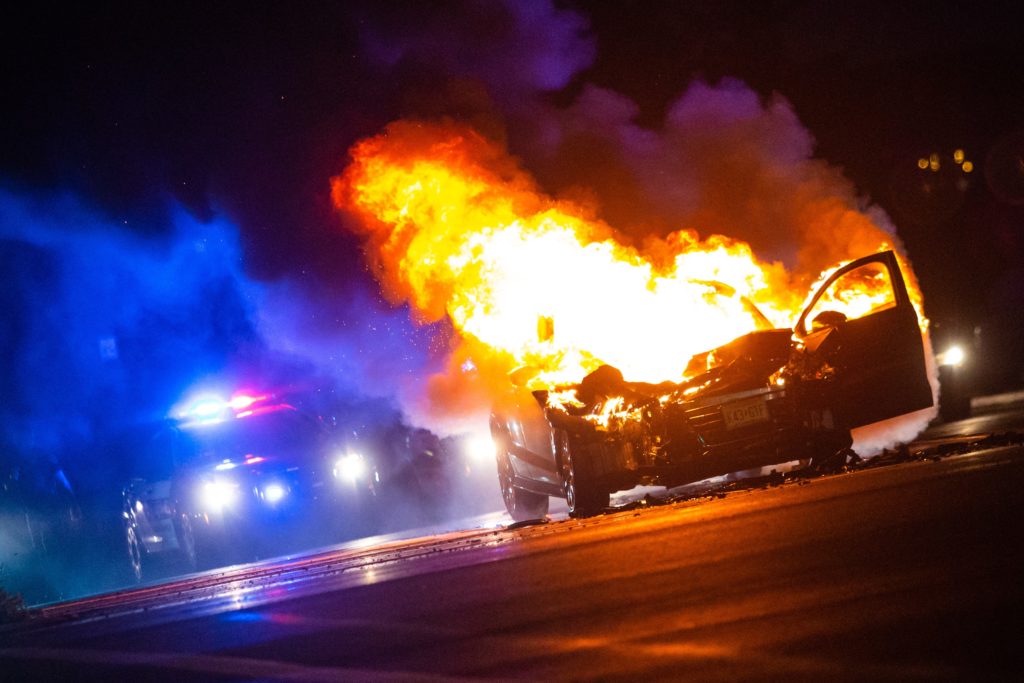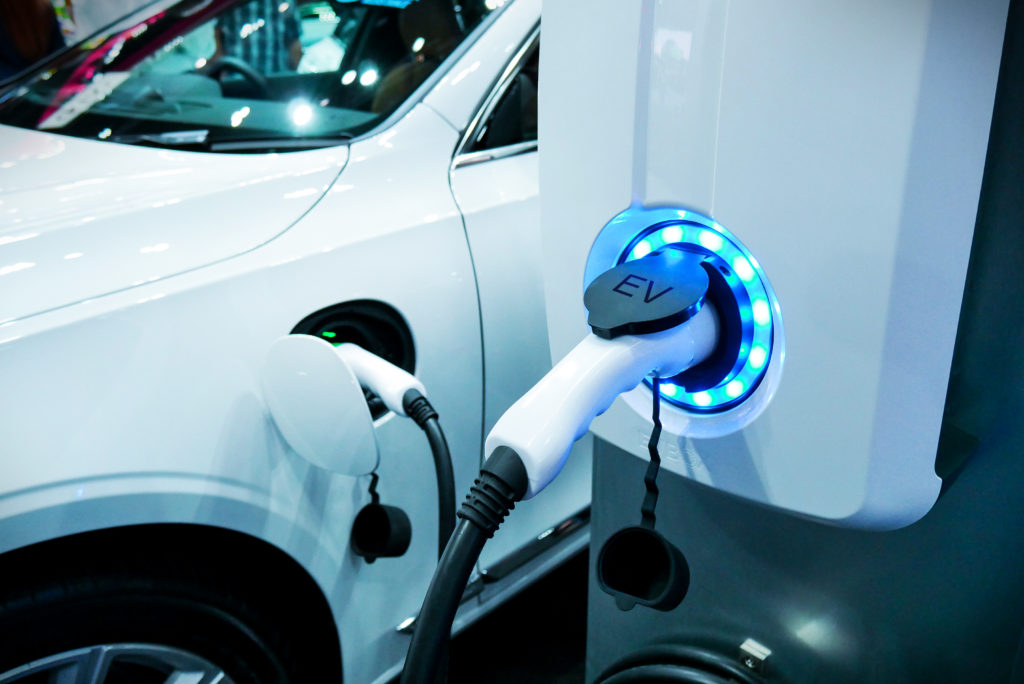“On average, U.S. fire departments responded to a highway vehicle fire every 182 seconds,” according to the NFPA’s Fire Loss Facts Sheet.
The National Fire Protection Association (NFPA) says that vehicle fires account for about 20 percent of all reported fires. Before I attempt to examine a vehicle fire loss, I like to check various consumer and government agencies websites to see if I can find any recall or historical data that might be important. This is true for heavy truck fires all the way to automobile and motorcycle fires.
26.7.3.2 Information regarding fires and fire causes in vehicles of the same make, model, and year can be obtained from The National Highway Traffic Safety Administration, www.nhtsa.gov… . (NFPA 921 2021 Edition p316)
The point of origin is a crucial factor to determine when utilizing the scientific method in an investigation of a motor vehicle fire. Seeing the devastation of a burned vehicle might make one think this is something almost impossible to determine. While it may be challenging, in many cases it can be done. Before I can begin to determine the origin and cause of a vehicle fire, I need to have a knowledge of the makeup and location of the materials that the vehicle is made of.
26.1.2 It was once felt that rapid-fire growth and extensive damage were indicative of an incendiary fire. However, the type and quantity of combustible materials found in motor vehicles today, when burned, can produce this degree of damage without the intentional addition of another fuel, such as gasoline. (NFPA 921 2021 Edition p304)
I interview the operator of the vehicle to find out the last time it was operated and how long it was in operation immediately before the fire. I have observed in my years as a firefighter that this information can be valuable, along with the time that the fire was initially discovered. Major damage tends to occur in short period and the fire can become all-encompassing sometimes within 15 minutes.
26.7.2 Vehicle Fire Scenes History. One of the initial steps to be undertaken in a vehicle fire investigation is the collection of information relative to the condition and use of the vehicle at the time of and prior to the fire. (NFPA 921 2021 Edition p316)
Typically, I begin my analysis of the vehicle itself by looking for two things:
- Where do we have the most severe burning?
- What systems and combustibles are within that space that can cause ignition and then ignite and burn?
Next, my task is to isolate the general fire cause when examining a burned vehicle. I work hard to determine if particular burning damage was triggered by either primary or secondary causes. Sometimes the presence of a secondary burn pattern can tend to make it look like the origin of the fire. It is important to note that, as in most fires, the most intense area of burning is not necessarily the origin area.
26.8.1 The examination of a motor vehicle after it has burned is a complex and varied task. As with structure fires, the first step is to determine an area of origin. Most motor vehicles can have five major areas: the exterior, engine compartment, passenger compartment or interior, cargo compartment, and the underbody or underchassis . (NFPA 921 2021 Edition p317)
26.7.4.2 Any evidence showing the path of fire spread either into or out of any compartment (engine, passenger, trunk, cargo, etc.) or within any compartment should be photographed. As with structure fires, the path of fire travel may be difficult to determine in a totally burned-out vehicle. (NFPA 921 2021 Edition p316)
In my experience investigating vehicle fires, the fuel system is one of the most popular sources of initial blame. Gasoline is still the most common fuel used in vehicles despite the current emphasis on the development and use of what are referred to as “alternate fuels”. Gas is a liquid hydrocarbon and burns intensely with a bright orange flame producing quantities of black smoke. The amount of gasoline present can be a consideration in the ensuing fire and can sometime be estimated from the remains of the vehicle.
26.8.2.2 Fuel tanks exposed to heat or flame generally exhibit a “liquid” line of demarcation that represents the fuel level at the time the fire was extinguished. (NFPA 921 2021 Edition p319)
Electric and hybrid vehicle fires are becoming more common these days, as the number of these vehicles in use rises. Often the fires from these types of vehicles occur in the battery power system. One main difference with electric vehicle fires is they frequently occur during charging due to issues with the charging stations, cables, or overcharging. Due to the challenges faced by firefighters when fighting fires of electric or hybrid vehicles, consumers are advised to indicate the fact that their vehicle on fire is an electric of hybrid when reporting the incident to 911 or the fire department.
While the diagram directly above shows that mechanical failure and malfunction were the top factors in all types of vehicle fires, second place goes to electrical failure or malfunction. The data shows that these fires were much less likely to be deadly than fires after collisions.
As you can see, there can be many causes of vehicle fires including some that we have not covered here such as flawed design, lack of proper maintenance, catalytic converter overheating, engine overheating, fluid spills and leaking fuel systems, just to name a few. A well-trained, professional vehicle fire investigator should not only possess the skills and knowledge to evaluate the physical evidence, but also take the time to prepare and do research for each assignment.
Chad Jones, PE, CFEI, CVFI, CMSE has a Bachelor of Science in Mechanical Engineering from Clemson University. Chad has over 20 years of engineering experience including mechanical, process, and manufacturing engineering. This work has included equipment design, machine safeguarding, cost estimating and safety compliance. Chad also has over 10 years of commercial, industrial, and residential HVAC and plumbing design experience. A lifelong auto and motorcycle enthusiast, Chad is accomplished in the maintenance, repair, and modification of vehicles and engines. Chad is a Certified Fire and Explosion Investigator, Certified Vehicle Fire Investigator, and IFSAC certified Firefighter II in Greenwood County, South Carolina.






